Dornoch’s Depths
What’s so special about Dornoch? What keeps us coming back year after year? Besides magnificent golf, cool weather, and gorgeous flowers, what I love are the people and the many reminders of how we are linked to our forbears and to each other. The stone walls of the house where we’re staying have been here almost 200 years. They show strength and stability. And they echo the stones of nearby Carn Liath Broch, which date back more than 2,000 years. In Dornoch, I feel like I’m living deeply.
 The kitchen floor is painted with “trinity knots,” a Celtic design repurposed as a symbol of the Holy Trinity by Christians in the 4th century. The Aga cooker is modern, but recalls the importance of a hearth in drawing people together for meals. I find that daily reminders such as these encourage me to respect the past and to value humility over hubris.
The kitchen floor is painted with “trinity knots,” a Celtic design repurposed as a symbol of the Holy Trinity by Christians in the 4th century. The Aga cooker is modern, but recalls the importance of a hearth in drawing people together for meals. I find that daily reminders such as these encourage me to respect the past and to value humility over hubris.
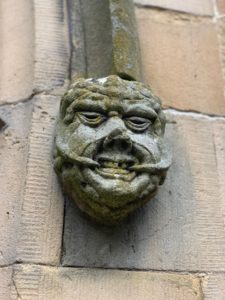 Last Sunday, Allene arranged a history walk around Dornoch with Lynne Mahoney, Curator of Dornoch’s HistoryLinks Museum. She told fascinating stories about the marketplace, the Castle, the Courthouse, the Jail, and the Cathedral. Is this gargoyle an emoji? Gourmand? Gleeful? Dental patient?
Last Sunday, Allene arranged a history walk around Dornoch with Lynne Mahoney, Curator of Dornoch’s HistoryLinks Museum. She told fascinating stories about the marketplace, the Castle, the Courthouse, the Jail, and the Cathedral. Is this gargoyle an emoji? Gourmand? Gleeful? Dental patient?
St. Gilbert de Moravia started building the Cathedral in 1224. Fires and feuds left it almost totally destroyed by the late 1500s. In 1616 it was partially restored. In the 1830s, the Duke and Dutchess of Sutherland completed its full restoration. In the past Dornoch friends arranged for me to practice on the Cathedral’s piano, but this year the sanctuary is open only for services. Many Highland churches are in ruins; the vibrant Cathedral makes Dornoch unique. Lorne Rubenstein in his wonderful book, A Season in Dornoch, augments my 2019 post about the cathedral:
…surprisingly light and suffused with an unexpected warmth. It’s devoid of the Gothic gloom that often attends such edifices. Dornoch Cathedral isn’t large by cathedral standards, but its attractive proportions and glorious long-shafted windows give it an airy quality and an atmosphere of calm, dignified simplicity.
When we came to a large Arts and Crafts style house surrounded by gardens, Lynne told us that it was the home of a fascinating woman with so many names that I had to dig deeper to get them straight. Edith Catherine Broadbent was born in England in 1875 and orphaned at an early age. At 16, she went to London and became an artist’s model known as Amaryllis and a high-class escort known as Muriel. After marrying wealthy William Llewellyn Hacon, she took the name Rhyllis Llewellyn Hacon. Due to her husband’s interest in golf, they moved to Dornoch and built Oversteps.
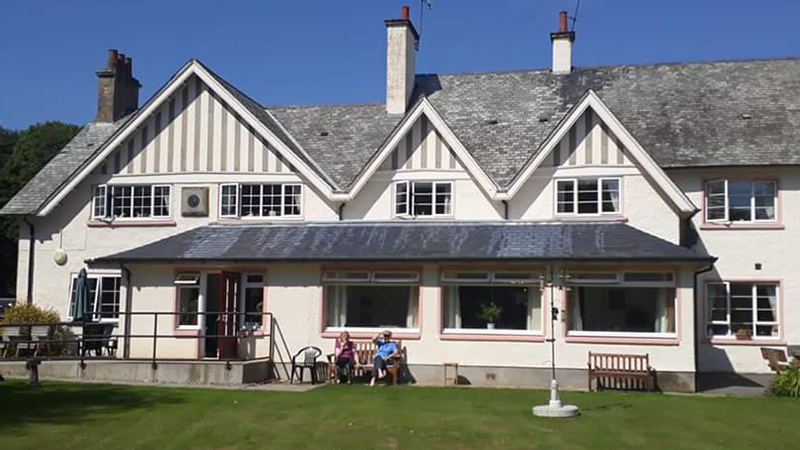
In 1896 artist Charles Conder came to Dornoch and painted Edith’s portrait ‘On the Shore at Dornoch,‘ which hangs in Aberdeen Art Gallery.
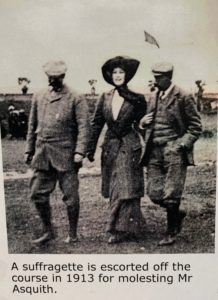
After her husband died in 1910, Edith became president of the Women’s Liberal Association at Dornoch and began to share Oversteps with fellow suffragist Margaret Davidson, a teacher. In September 1912 the Right Honorable H.H. Asquith, Prime Minister of UK, came to Dornoch for rest and relaxation. The local officials conferred on him the “Freedom of the Burgh,” but there was no public ceremony. His hopes for freedom from political controversy were dashed when two more radical suffragettes, friends of Margaret, accosted him on the golf course, exclaiming: “Mr. Asquith, how dare you accept the freedom of the town, but refuse freedom to women?” With the passage of the Representation of the People Act in 1918, the suffragettes achieved part of their objective, but not until 1928 did all UK women finally get the vote.
During WW I Edith and Margaret served as volunteers at a Scottish Women’s Hospital in France, earning Edith a Silver Medal, “Medaille des Epidemics,“ awarded by the French Government. In 1918, she married a Canadian soldier, William Robichaud, whom she met at the Hospital, and became known by yet another name, Edith Catherine Robichaud. Edith and Margaret remained friends and in 1931 became Girl Guide leaders. Edith died in 1952 in Glasgow, but is buried next to William Llewellyn Hacon in Dornoch. In line with my celebration of American Women’s Suffrage last August, I purchased a copy of Women in the Highlands, a book by Katharine Stewart, at the HistoryLinks Museum, in order to have more examples to emulate.
Another attractive aspect of vacationing in Dornoch is having the time to read great books. This year reading was especially important due to the quarantine and the absence of piano playing. Fortunately, the Library and the Dornoch Book Shop are just a few steps around the corner. The most engrossing book I read this month was Hamnet by Maggie O’Ferrell. Click here for an excellent review. Hamnet led me to Hamlet by Shakespeare in a Oxford School edition that far surpassed the text I had at Rice. The bookseller recommended reading Hamlet aloud; it took me a week, but now I have new respect for this towering work of art and want to see it on stage.
Dornoch’s Courthouse bears the name of Andrew Carnegie and his Skibo Castle is only a few miles away. So I read his Autobiography, which included his essay on the Gospel of Wealth. Our friend Ian McAuley lent me Peter Krass’s biography of Carnegie, which I perused in order to see how it contrasted with the autobiography–a lot! Carnegie’s support of libraries inspired me to read The Paris Library, a novel by Janet Skeslien Charles. Central characters in this World War II book are boy-girl twins, who showed several parallels to Hamnet and Judith in Hamnet, based on Shakespeare’s own twins. Just yesterday I finished another book Ian lent me, Isaac’s Storm, about the 1900 Galveston hurricane. Now I’m prepared for the coming season in the US.
Edith/Amaryllis/Muriel/Rhyllis was not the last intriguing woman to grace this town. Five weeks in Dornoch provides golden time with my amazing friends Allene Cooley, Lisa Craig, and Marion McAuley.
I’m particularly blessed when my friends share their friends. In addition to sharing her wonderful friend Charlie Alexander, Lisa drove Allene and me to the Carn Liath Broch, where we learned local history in depth. Marion and her friend Eileen Quinn took us to see Dalmore Farm the day after I had first met Eileen and her husband Pat and heard about their four children and his career in manufacturing computer chips. Allene’s visitor, Meg Lowman, turned out to be a trail-blazing scientist who studies tree canopies. She has just published a fascinating memoir that I can’t wait to read, The Arbonaut: A Life Discovering the Eighth Continent Above Us. My subsequent review is here.
For me, Dornoch has just the right balance of history links, social interaction, physical activities, intellectual stimulation, and indulgent pleasures. Emilia at Aspen Spa, a three-minute walk away, has taught me the true meaning of “deep tissue massage.” She is loosening muscle knots I didn’t know I had. We’ve already reserved a house here for next summer. I believe we will find more new depths to explore. Ian McAuley quotes Voltaire: ‘We look to Scotland for all our ideas of civilisation.’
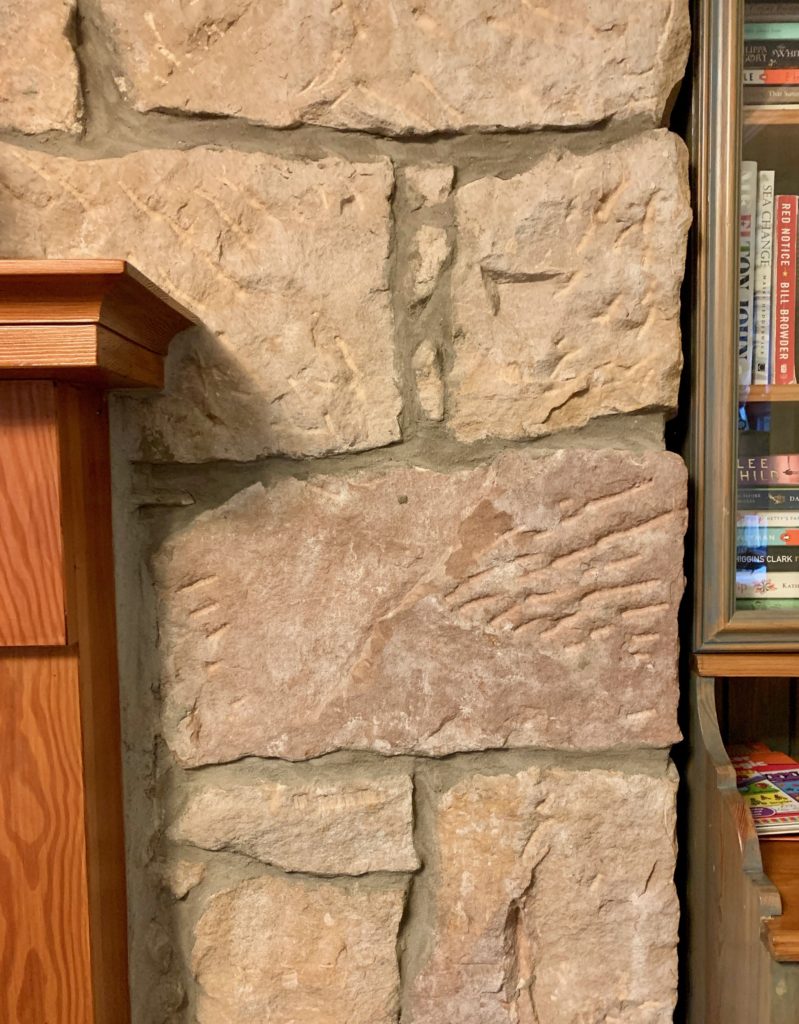
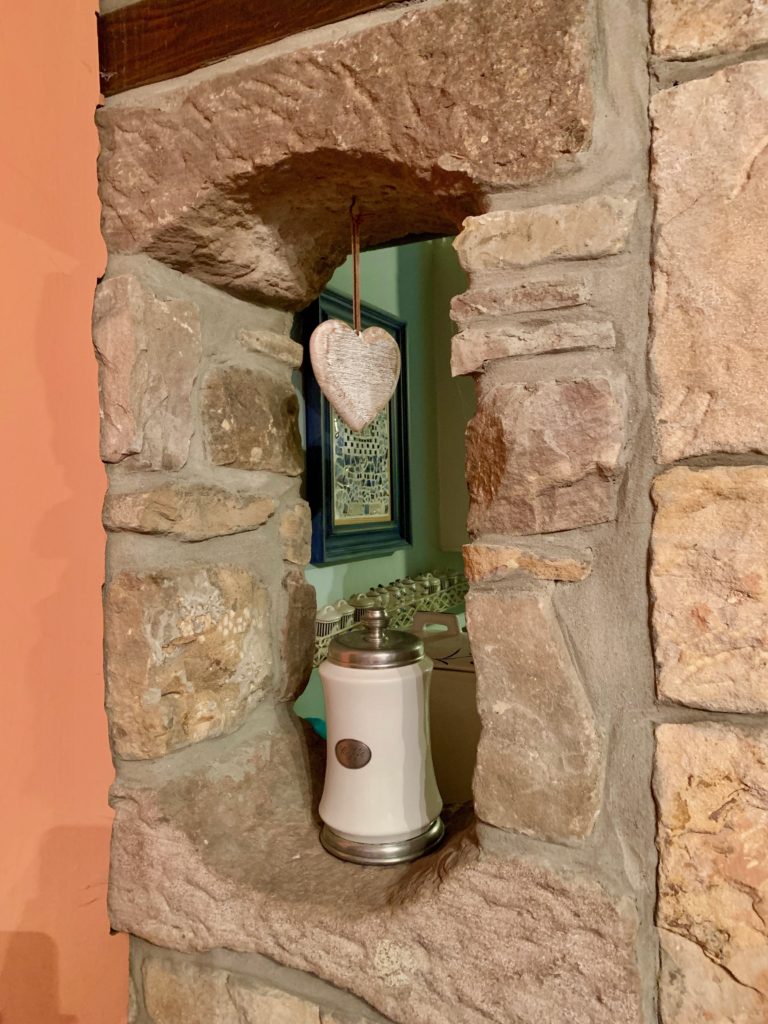

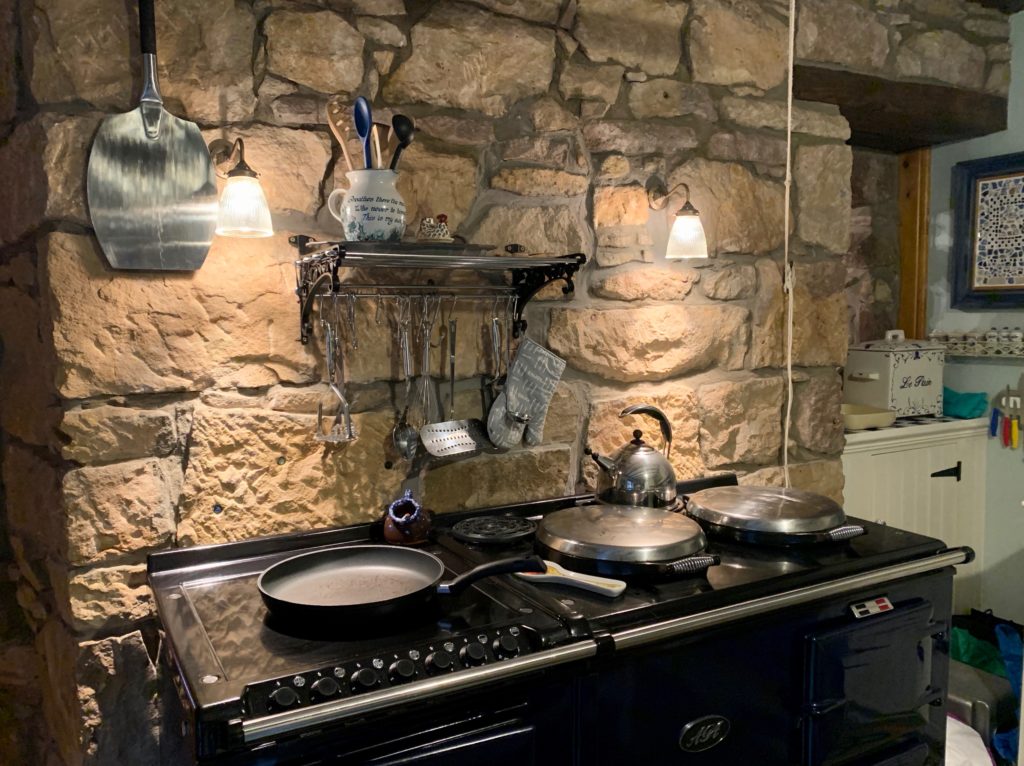
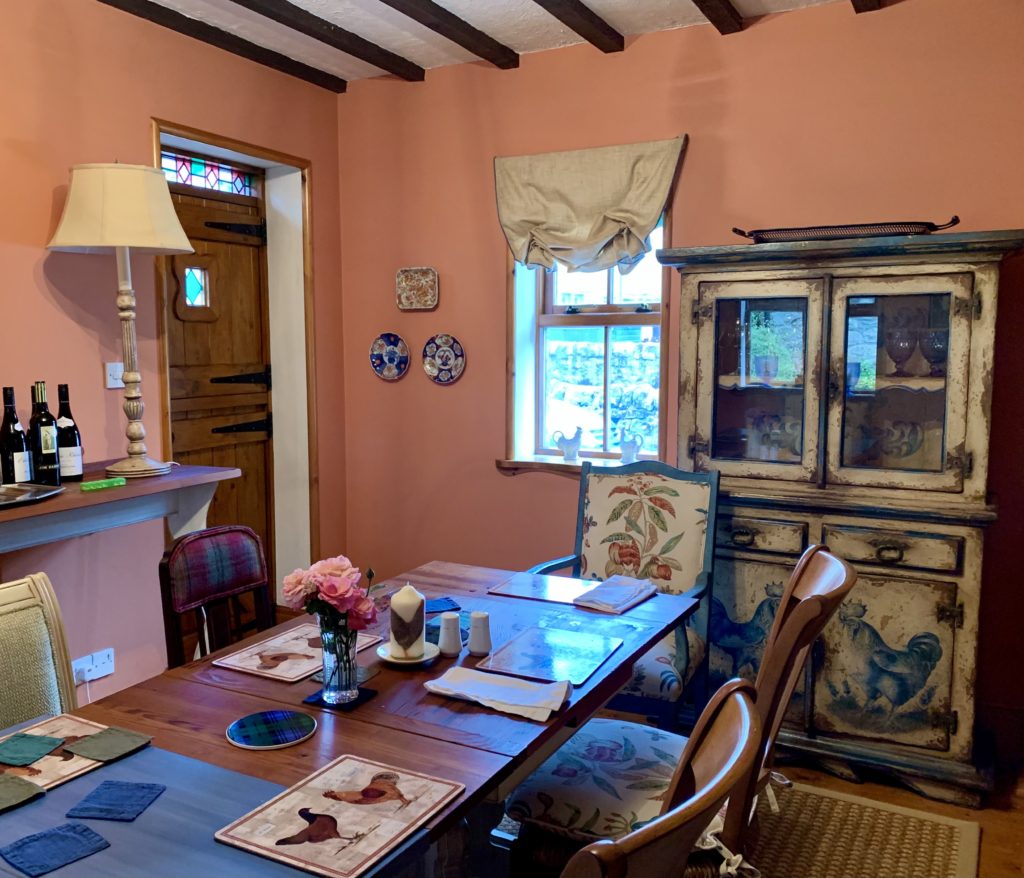
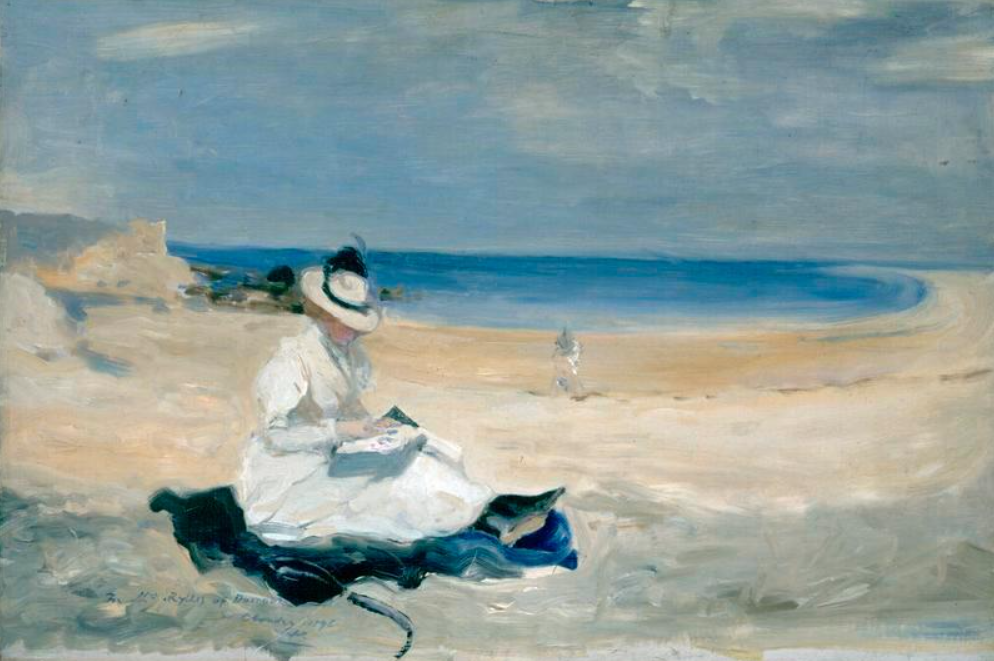
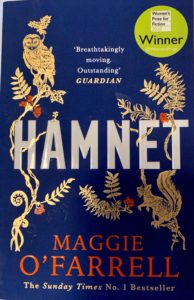
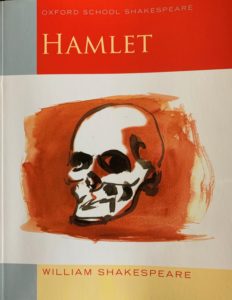



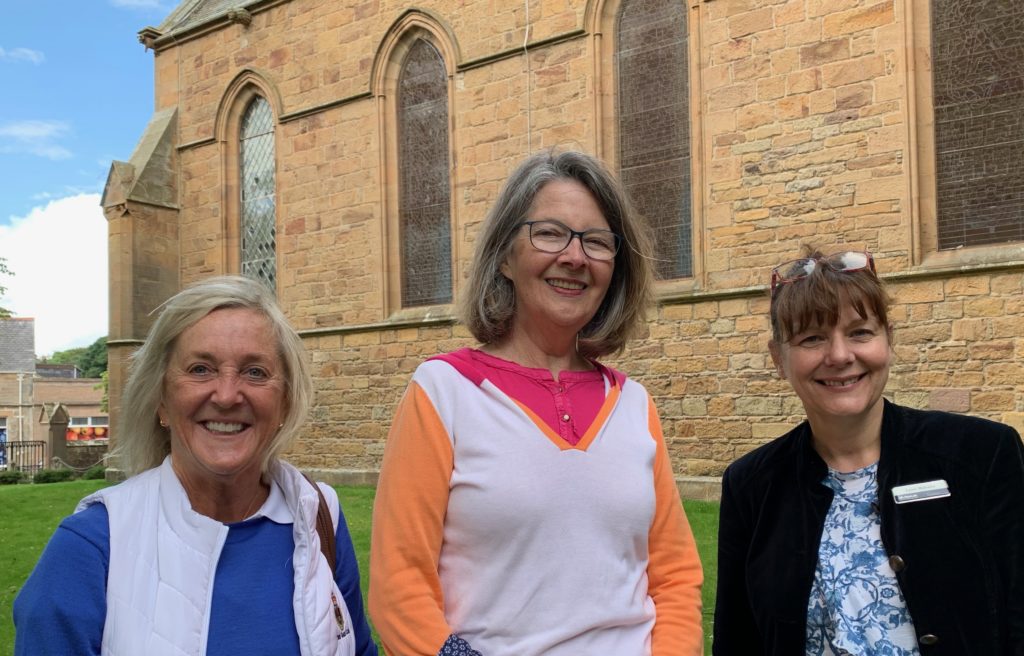
Leave a Reply